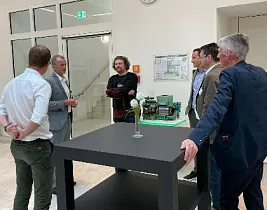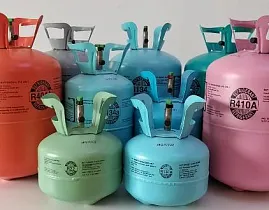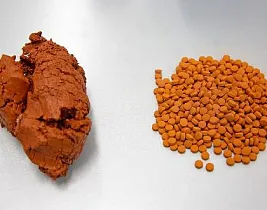EPEE, representing the heating and cooling industry in Europe, has been a long-time supporter of the EU’s 2014 F-Gas Regulation. Delivering tangible emission savings year after year since its entry into force – the highest of all non-CO2 greenhouse gas emissions – the EU’s 2014 F-Gas Regulation is an effective gold standard for regulating F-Gases, positioning the EU as a global leader. EPEE believes that the ongoing review must therefore be used to fine-tune the regime building on existing requirements in an intelligent, forward looking way, without falling in the trap of dogmatic decisions.
Following the stakeholder workshop on 6 May 2021, EPEE has taken the opportunity to provide further comments to the review process ahead of the European Commission’s DG CLIMA drafting of the Impact Assessment for the revision of the regulation to ensure that the analytical foundations for the revision are as robust as possible.
In particular, EPEE would like to express strong concerns about the AnaFgas modelling which forms the basis for the development of policy options in the context of the ongoing review. In particular, the AnaFgas modelling does not integrate the CO2 abatement contribution of heat pumps as a heating technology, and lacks granularity, since it does not reflect the existing refrigerant choice and disregards the importance of maintaining the EU industry’s competitiveness.
Similarly, the AnaFgas model does not consider that F-Gases were originally introduced due to their excellent safety features which made them more reliable and safer to use as refrigerants when compared to highly flammable, highly toxic, or high-pressure alternatives. Therefore, the important principle of refrigerant choice remains at the very basis of the EU industry’s competitiveness in order to foster innovation and is essential for the safe and reliable operation of RACHP equipment, as well as for its energy efficiency, affordability and existing safety standards and building codes that may restrict the use of flammable and toxic refrigerants.
Aside from the expressed concerns on the modelling, EPEE would like to take this opportunity to reiterate our strong recommendations to strengthen key provisions such as the introduction of electronic logbooks, the extension of recovery, leakage control and record keeping, recycling and reclamation (RRR) as well as certification requirements to all types of refrigerants, and further improvements in the implementation and enforcement of the F-Gas Regulation.





